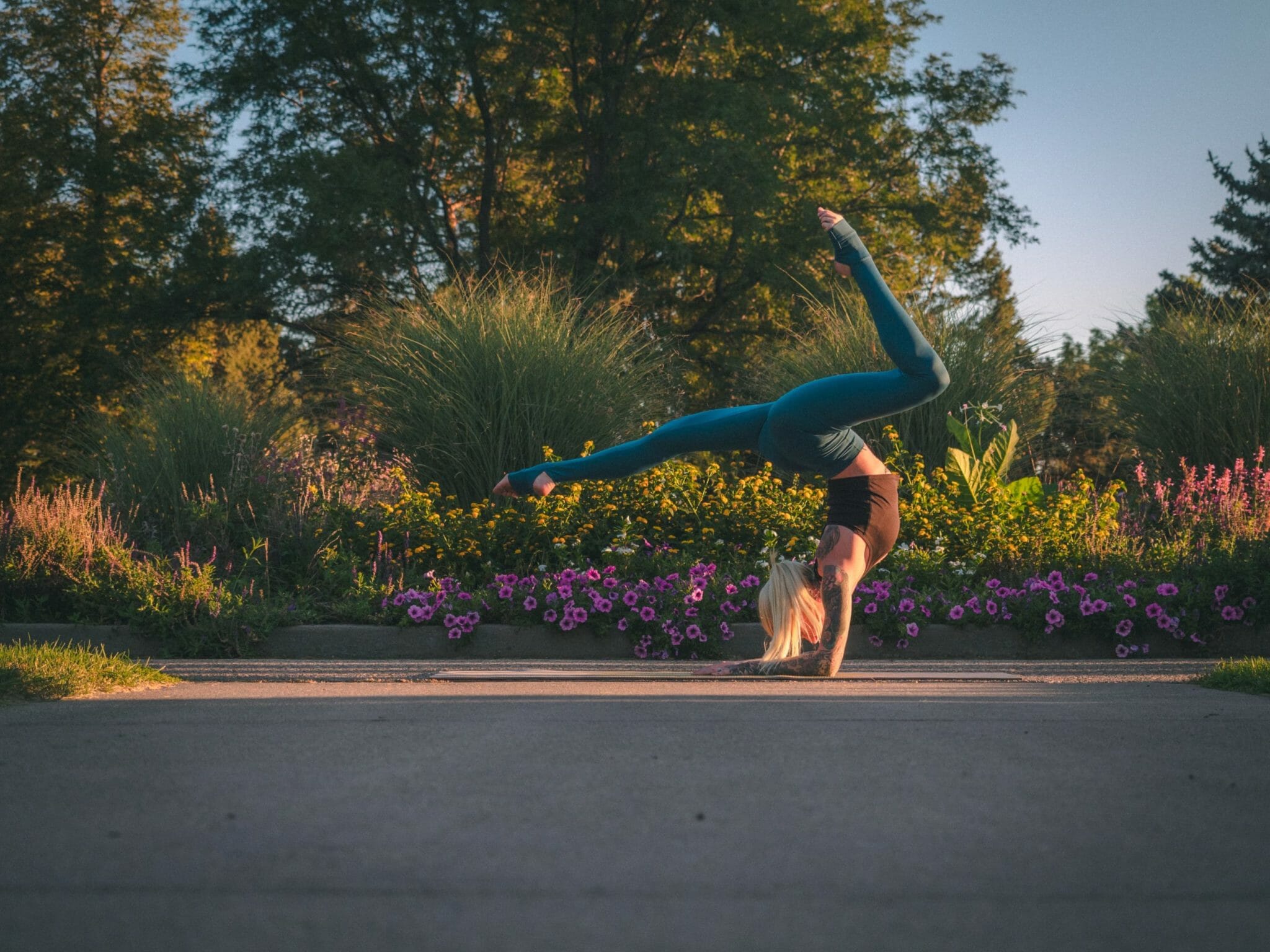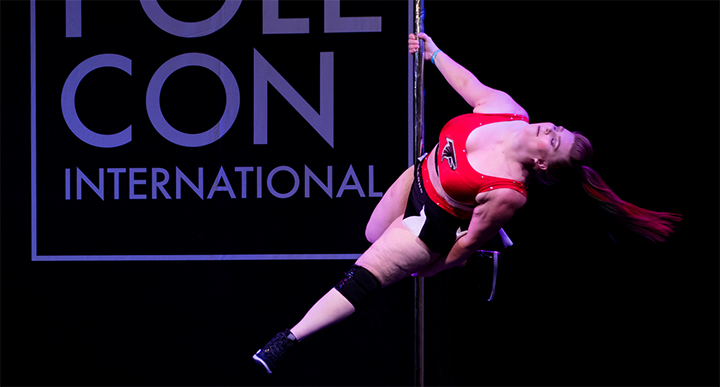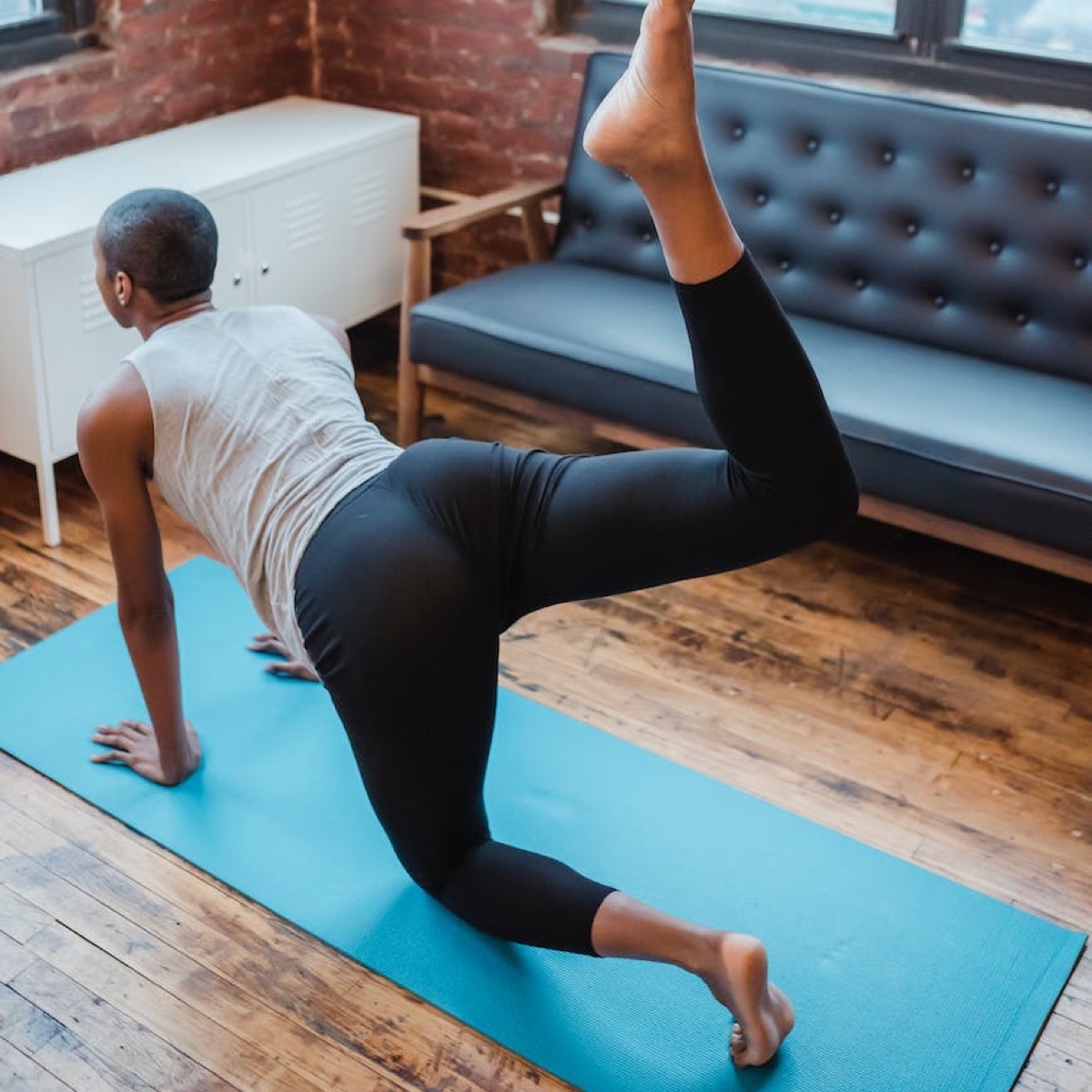I recently saw a reel on Instagram with this tall, thin, gorgeous 20 something young…

Using Gymnastics To Protect Your Body Against Pole Dancing Injuries
Pole dancing is a fantastic way to stay fit, but it does bring with it a heightened risk of injury. In a study conducted by the University of Zielona Gora in Poland, researchers found that 36.7% of pole dancers will face an injury within the first two years, and 80% will sustain a chronic injury from pole dancing. This is higher than in most other casual-level sports. One of the best ways to prevent any method of injury — especially ones related to muscles, shoulders, wrists and joints — is by turning to another, similar form of exercise: gymnastics.
Setting yourself up
Gymnastics is a very energetic form of exercise, so it’s important that you prepare accordingly before trying it out. Equipment is important, and you have a choice of either selecting a high-quality gym or bringing your own equipment. If you do bring your own equipment like wooden rings, make sure that everything is secure and made from quality materials such as solid wood with a good weight rating. Prepare for any routine with stretching, much in the same way as preparing for a pole workout. As noted by Healthline, you need to focus on your core in addition to your joints and other flexible regions of the body to prevent injury. Making sure your muscles are warmed up and ready to go is key to ensuring that you avoid injury and benefit yourself in the long run.
Movements to focus on – core and flexibility
Core strength is critical in both gymnastics and pole. With core strength comes greater flexibility. Design your initial workouts around this. Health Mag recommends starting with inverted ring rows and row push ups, using gravity and your body weight to help create a healthy tension. This will help you to develop a basis on which to continue gymnastics training without risking injury and will start you on the road to improving your pole strength. Increase the difficulties of your exercises over time by challenging yourself to further stretch and extend one muscle mid-exercise; for instance, pointing toes into a flat leg while doing ring pushups.
Moving into dances
Exercises and stretches are the foundation for making the most of gymnastics. Moving into full dance forms are the next stage and will help you to benefit both in terms of flexibility and your own creativity. When you’re designing your dance routine, take inspiration from the stars. While you shouldn’t try and directly emulate dances done by the biggest and most highly-trained pole dancers out there, you can certainly try and do some of their moves, or look at how they train and stretch. Always listen to your body throughout this; aches and pains shouldn’t be ignored and should be dealt with accordingly.
Pole dancing is a great hobby, but it can make you prone to injury. Taking up another, complementary practice, can help you to prepare your body for the rigors of taking up the art. There are few more closely related and beneficial forms of physical exercise – engaging with gymnastics in a safe and constructive way can be a boon for your pole activities.
Latest posts by Lucy Hardy (see all)
- How Everyone Can Find Empowerment Through Pole Dance - June 30, 2023
- The Best Home Workout Routines For Pole Dancers For Strength and Flexibility - June 24, 2022
- The Rise of Pole Dancing as an Art Form - May 13, 2022


